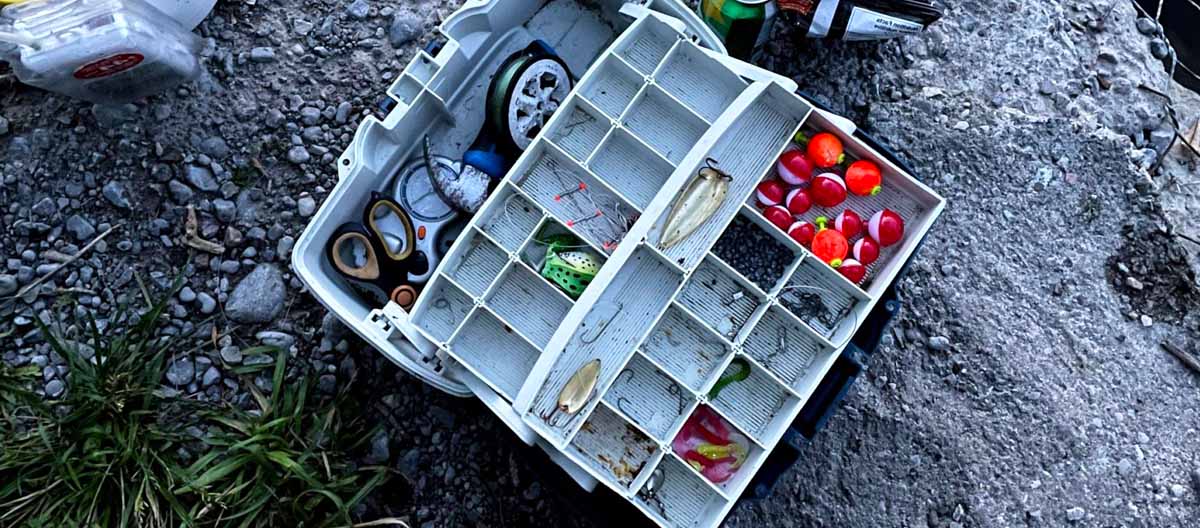Fishing Gear & Basic Fishing Hooks
The following is a list of all the gear you'll need to start catching fish. The fishing hooks I list below are specifically for use with live bait. This includes worms, minnows, frogs, crayfish/crawfish, roe (salmon eggs), and so forth. It may seem a little light in the tackle department, but this is essentially all you need to start catching fish. First thing on the list...
Tackle Box or Bag
There are many different options for you to choose from. Some cater towards specific styles of fishing, different levels of fishing experience, and different ways to carry them. No matter what, be sure you pick something realistic and practical so you’re not wasting money. As you shop around and consider your options, ask yourself the following questions. How much gear will I have to transport? How far and how often will I be walking? Make sure whatever you choose has enough room for a couple of larger items than just hooks and bobbers, (e.g., scissors, pliers, gloves, fishing line). Keep in mind that once you start using artificial bait, no tackle boxes will be wasted. Other than that, the choice is all yours.
Basic fishing hooks for live bait
Let's talk about hook sizes. There are two different size categories of hooks: #s and aughts. # hooks are much smaller than aught hooks. With # hooks, the smaller the # size, the bigger the size of the hook. However, aught hooks are the opposite; the smaller the aught size, the smaller the size of the hook. Here’s an example: A #4 size hook is much bigger than a #14 size hook, whereas a 4/0 (4-aught) hook is much smaller than a 14/0 (14-aught) hook.
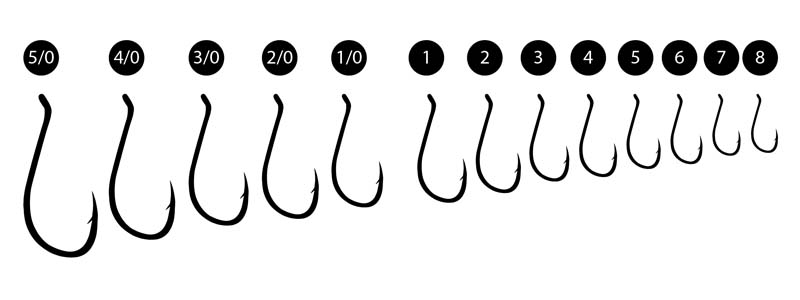
When choosing your hooks, consider the bait you are using and the size of fish you will be targeting. When fishing live bait, I typically choose a smaller hook as opposed to a bigger one, even when targeting bigger fish. Smaller hooks keep your bait looking as natural as possible, are harder for the fish to detect, and are easier for fish to get their mouth around. When I’m float fishing with roe (salmon eggs) in the river for 20 lbs+ salmon, believe it or not, my go-to hook size is between #12 and #14.
There are a wide variety of hooks for different reasons. However, in this section, I’m only going to break down the ones that are best for fishing with live bait. These are the J hook, bait holder hook, circle hook, and octopus hooks. (For more information about the other styles of hooks, click this link.)
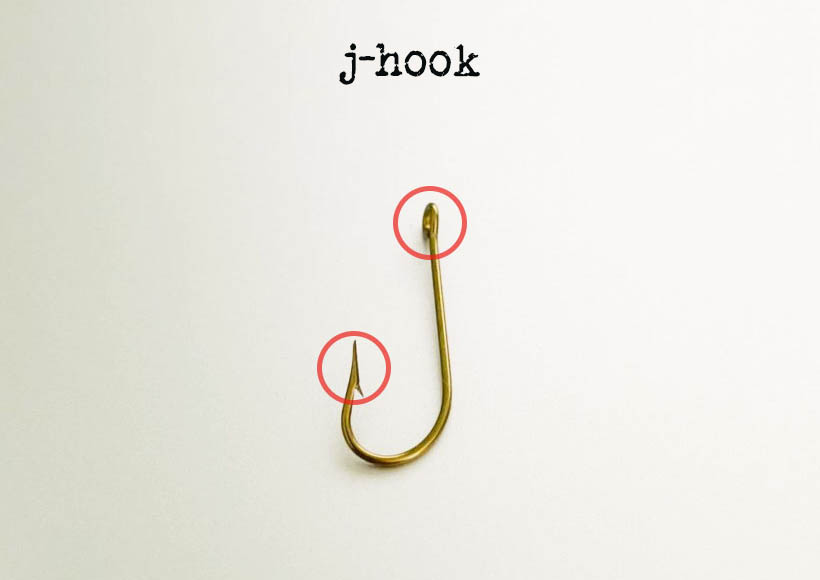
J-Hook: This is the original fishing hook from which most other hooks got their base from. It has a straight eye, medium to long shank in length, a nice swooping bend, ending with a straight point at the end of the hook. It can be pretty effective with many different baits and techniques. However, it can get stuck deep down a fish's throat if swallowed. If you’re using this hook in catch and release situations, be mindful of this. You can also pinch all barbs down with a pair of pliers to minimize damage or use a more fish friendly hook. When you get a bite using this hook, you have to set the hook in the fish nice and hard.
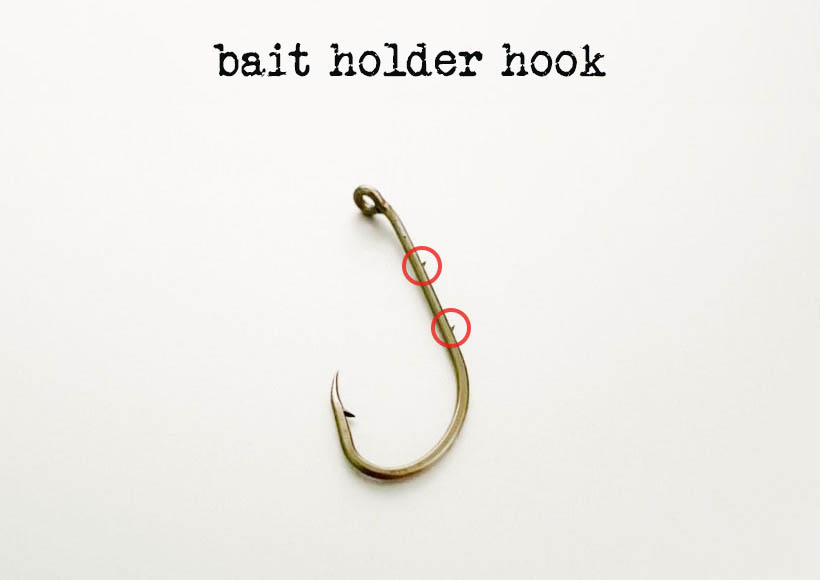
Bait holder hooks: These are specifically designed for fishing with live worms. They have a long shank with two to three barbs sticking up and out the back of the hook. These barbs hold your worm in place and stop it from sliding down the bend of the hook. Unfortunately, fish do tend to swallow them more often than the J-hook. If you’re going to be practicing catch and release, I strongly advise using either an octopus hook or more preferably, the circle hook, for conservation purposes.
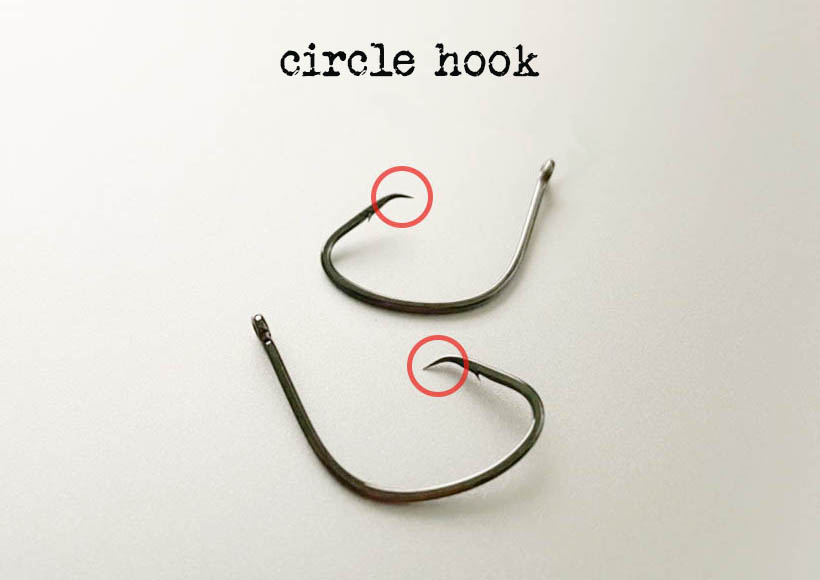
Circle hook: The main characteristic that separates this hook from all others, is the near-90 degree bend at the tip of the hook. This hook was designed for fish to swallow it without getting stuck in the stomach, guaranteeing survival. This is one of, if not the best hook, for fishing with live bait and is widely respected when practicing catch and release. Due to the bend in the point of the hook, you do not need to “set-the-hook” when a fish bites; just reel in with slow constant pressure. As the fish swims the opposite way, the hook will slide right into the corner of the mouth every time, and boom, fish on!
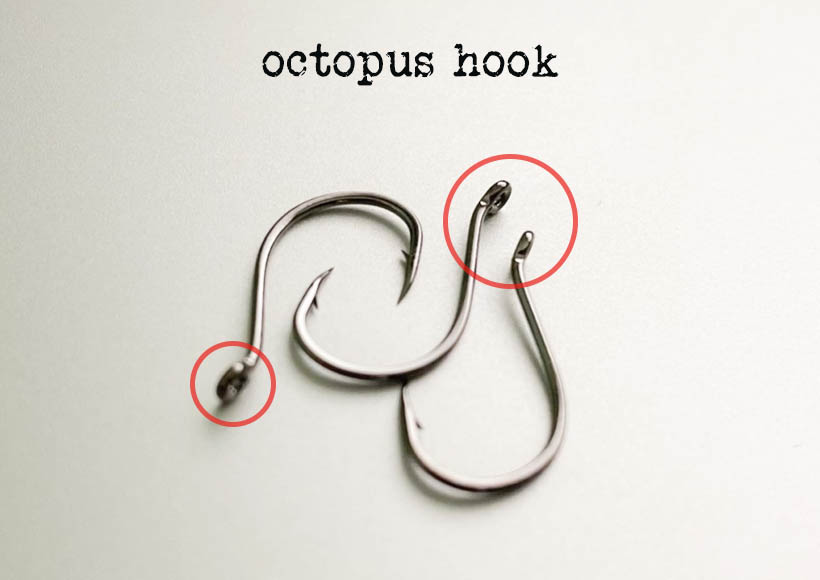
Octopus Hook: What makes this hook unique in itself, is the fact that the eye of the hook is significantly bent backwards. The short shank, rounded shape, and compact profile is the reason why these hooks are very effective with a wide variety of both live and soft plastic baits. With the octopus design, you also have to set the hook in the fish, although it doesn't take as much effort as the J hook does. Finally, the octopus hook is the go to hook for tying a specific knot called the snell knot. The bent back eye feature makes the snelling technique extremely effective when using this specific hook.
Hook Brands
Starting from my favourite of all time and working down, these are my top hook brands. These hooks are all strong, solid, sharp and reliable.
1. Gamakatsu (my favorite)
2. Mustad
3. VMC
